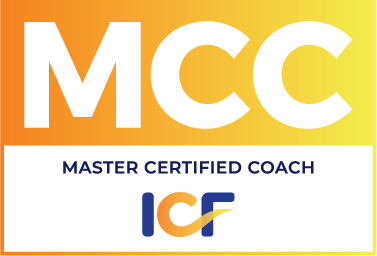Last week, we talked about reasons to meditate. Today I will set out a couple reasons many people, despite understanding the benefits, still do not meditate. And I will teach you how.
Common Misconceptions About Meditation
What are the things that keep people from engaging in regular ongoing meditation? What I hear most commonly is (1) I don’t have the time; and (2) it doesn’t work for me – my mind just keeps wandering. I can’t stop it.
As to the time issue, even 5 minutes a day meditation will be beneficial, especially if engaged in every day. Once you see the value, I am confident you will find 5 minutes a day.
The second misconception is a common one about how people believe meditation should look. Meditation is a practice. A practice implies something we do to improve. It is not something that we master. Lawyers are engaged in a practice. Doctors as well. This is so that we understand these are professionals who are always learning, growing and striving. The same is true of the practice of meditation. When you sit and meditate, your mind will wander. It is the nature of the mind. The Buddhists call it the “monkey mind.” It is the practice of bringing your mind back to your breath over and over again that is the valuable portion of this activity. You will never arrive at a perfectly silent and focused mind, any more than your mind will ever focus fully 100% of the time on the project in front of you or the person who is speaking. But you can vastly improve your focus by practicing.
In the end, it is not getting your mind to silence that signals success, but simply bringing your mind back to your focal point over and over.
One Way to Meditate
There are several ways to meditate. For a great book that covers many of them read Wherever You Go There You Are, Kabat-Zinn. Below I have detailed what is known as a “breathing meditation.”
One goal of meditation is to set aside distractions and make your mind clearer and more lucid. This can be accomplished by practicing a simple breathing meditation. Choose a quiet place and sit in a comfortable position. Sit in the traditional cross-legged posture or in any other position that is comfortable. If you wish, sit in a chair or on a cushion. Find a posture in which you can easily sit erect without being rigid. The most important thing is to keep your back straight to prevent your mind from becoming sluggish or sleepy. Some people even stand while meditating.
Let your body be firmly planted on the ground, floor or chair, your hands resting easily, your eyes closed gently. Consciously soften any obvious tension. Let go of any habitual thoughts or plans. Bring your attention to the sensations of your breathing. Take a few deep breaths to sense where you can feel the breath most easily, such as coolness or tingling in the nostrils or throat, as movement of the chest, or rise and fall of the belly. Then let your breath be natural. Feel the sensations of your natural breathing very carefully, relaxing into each breath as you feel it, noticing how the soft sensations of breathing come and go with the changing breath.
Breathe naturally, preferably through the nostrils, without attempting to control your breath, and become aware of the sensation of the breath as it enters and leaves the nostrils. This sensation is the object of meditation for this exercise. You could choose another focus as well. Any regular sensation of the breath will work – the feeling of the belly rising and falling; the quality of the breath; or the movement of the chest. Concentrate on it to the exclusion of everything else.
At first, your mind will be very busy, and you might even feel that the meditation is making your mind busier; but in reality you are just becoming more aware of how busy your mind actually is. There will be a great temptation to follow the different thoughts as they arise. Do your best to remain focused single-pointedly on the sensation of the breath. If you discover that your mind has wandered and is following your thoughts, simply return it to the breath. Repeat this as many times as necessary until the mind settles on the breath. Some people find it useful to imagine their thoughts as clouds passing by. Some find it helpful to label the thought – “planning” “thinking” “worrying,” etc. Above all be gentle with yourself as you let your thoughts move by.
Like training a puppy, gently bring yourself back a thousand times. Over the weeks and months of this practice you will gradually learn to calm and center yourself using the breath. There will be many cycles in this process; stormy days alternating with clear days. Just stay with it. As you do, listening deeply, you will find the breath helping to connect and quiet your whole body and mind.
If you practice patiently in this way, gradually your distracting thoughts will subside and you will experience a sense of inner peace and relaxation. Your mind will feel lucid and spacious and you will feel refreshed. When the sea is rough, sediment is churned up and the water becomes murky, but when the wind dies down, the mud gradually settles and the water becomes clear. In a similar way, when the otherwise incessant flow of our distracting thoughts is calmed through concentrating on the breath, our mind becomes unusually lucid and clear.
“There is more to life than simply increasing its speed.”
~Mahatma Gandhi







